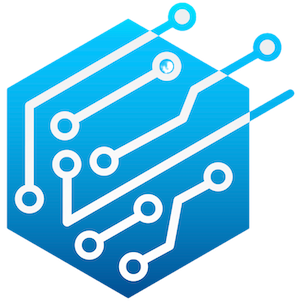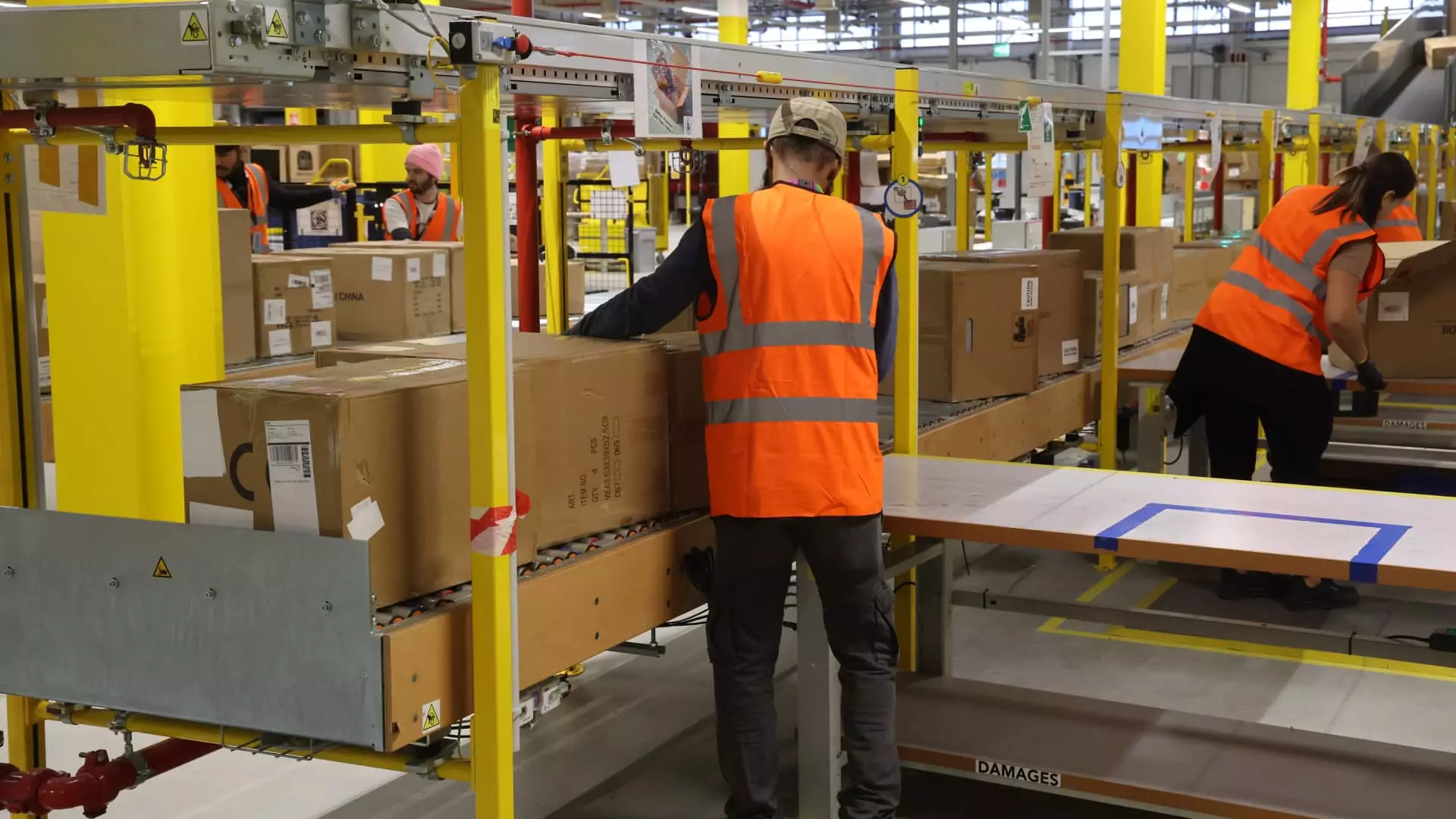The recent milestone announced by Amazon—deploying its millionth robot across global fulfillment centers—marks more than just a technological achievement; it signifies a fundamental shift in how fulfillment and logistics operations are conceived. Amazon’s strategic investment in mobile robotics underscores an industry-wide pivot toward automation as a means to optimize efficiency, cut costs, and compete in a rapidly evolving market. As these fleets expand, the narrative isn’t solely about operational excellence but about establishing dominance in an increasingly automated landscape. The idea that a single company can pilot such an extensive automation network raises questions about industry concentration and the consolidation of power within a handful of tech-forward giants.
Generative AI: The Catalyst for Coordinated Efficiency
The introduction of Amazon’s “DeepFleet” AI model embodies a leap toward smarter automation. Unlike traditional robots, which operate with predefined actions, generative AI adds a layer of adaptability and intelligence to robotic movements. By reducing fleet travel time by 10%, Amazon aims to streamline operational workflows, facilitating faster deliveries and cutting operational costs. Yet, this technological refinement prompts a critical examination: does such sophistication merely accelerate existing paradigms, or does it fundamentally reshape the labor landscape? While Amazon’s leaders emphasize enhanced safety and the creation of new technical roles, the underlying logic is clear—AI is the linchpin of future growth, forcing companies to weigh productivity gains against the socio-economic fallout of job displacement.
Automation’s Double-Edged Sword: Productivity vs. Employment
The long-standing debate about AI’s impact on employment continues to swirl amid these advancements. Amazon’s narrative suggests that robots are augmenting human workers rather than replacing them—handling grunt work, heavy lifting, and monotonous tasks to free up humans for more complex roles. However, data and expert opinions paint a more nuanced picture. The Pew Research survey highlighting factory workers as highly vulnerable indicates an increasing risk of displacement. While executives like Amazon’s Scott Dresser emphasize skill development and job creation in maintenance and engineering, the reality is that automation tends to favor scale and efficiency, often at the expense of large-scale employment in traditional roles.
Strategic Divergence: Growth Versus Downsizing
The dichotomy between AI-driven growth strategies and workforce downsizing creates a paradox that defines the current tech industry landscape. Amazon’s bold deployment of robots and AI systems signals a push toward increased productivity, yet their CEO, Andy Jassy, has openly acknowledged that automation will result in job reductions. This reveals an unsettling truth: technological advancement often comes bundled with layoffs, leaving workers in a state of uncertainty. Despite Amazon’s claims that new technical roles are created, the evidence points to a workforce that is shrinking—over 27,000 layoffs in recent years serve as a stark reminder of that trend.
Industry-Wide Implications and the Broader Future
The proliferation of AI and robotics is not isolated to Amazon; it’s a shared trajectory across the tech sector and beyond. Companies like Tesla experimenting with humanoid robots exemplify a future where AI’s capabilities extend into manufacturing and perhaps other service industries. Yet, this widespread adoption exacerbates anxieties about job security and economic inequality. Industry leaders seem caught in a paradox: they celebrate productivity enhancements and innovation while grappling with the societal consequences of mass automation. As AI’s influence grows, the core question becomes: how do we balance technological progress with the need to preserve livelihoods? For now, the trend favors innovation, at a significant cost to employment stability, and it will take proactive policy, reskilling initiatives, and industry accountability to navigate this complex landscape.


Leave a Reply